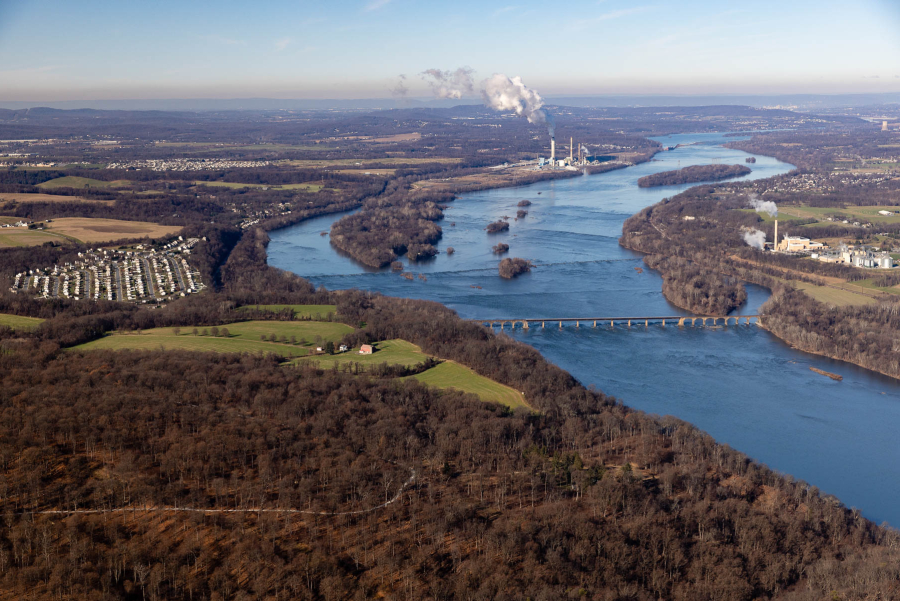Chesapeake Bay Program fights tree loss with land conservation
Bay jurisdictions make the largest contribution to land conservation

As populations and industry increase across the Chesapeake Bay watershed, there is more development pressure on forests, farms and wetlands. This change often comes with a negative impact to the region’s waters and wildlife. With recent data showing that tree loss is outpacing tree plantings in the watershed’s urban areas, this issue is at a critical moment.
Land conservation is one key way of protecting the health of the Bay ecosystem amid a growing population. And it’s something the Bay Program has been pursuing for nearly 40 years.
Our latest goal related to land conservation was set in 2010. The partnership committed to protecting an additional two million acres of land on top of what had already been protected at that time, including 225,000 acres of wetlands and 695,000 acres of forest land of highest value for maintaining water quality. As of 2022, 82% of the Protected Lands Outcome of the Chesapeake Bay Watershed Agreement has been achieved, with a total of 1.64 million acres protected since 2010.
At the Bay Program, we define protected lands as areas of the region with cultural, historical, ecological and agricultural value that have been permanently protected from development. Chesapeake Bay Program partners secure conservation by holding easements, accepting donations and purchasing properties and development rights.
State agencies, which own approximately 45% of the protected acres in the watershed, are the largest entity contributing to land protection. But they don’t work alone. Jurisdictions whose waters flow into the Bay work closely with private organizations, non-governmental organizations (land trusts and others), local governments and other entities to conserve land within their area.
Oftentimes, this can result in new or expanded parks for community members to enjoy, or sacred land being returned to Indigenous tribes.
Since 1987, the Chesapeake Bay Program has organized state and federal agencies, local governments and nonprofit partners around land conservation. Overall, there is a total of 9.1 million acres of protected lands in the Bay watershed, which includes the 1.64 million acres protected between 2010-2022. We expect to meet our Protected Lands Outcome by 2025, which will bring the total to nearly 9 and a half million acres.
Each state and jurisdiction of the watershed is contributing to land conservation. Of the 9.1 million acres already protected, jurisdictions hold varying number of acres:
Pennsylvania: 3.6 million acres
Virginia: 2.9 million acres in
Maryland: 1.7 million acres
West Virginia: About 400,000 acres
New York: About 332,000 acres
Delaware: About 126,000 acres
District of Columbia: About 8,700 acres
To learn more about our efforts to conserve land across the watershed, visit ChesapeakeProgress.

Comments
Jake, thanks for this important article! You include detailed and significant information, drawing readers attention to the importance of conserving land, while sharing what has been done and what needs to continue Chesapeake watershed land conservation. Great article!
I loved this article, because I think we need to save more trees with conservation efforts
Super article.....Don Phillips, MEMBER OF LGAC , BAY PROGRAM
Thank you!
Your comment has been received. Before it can be published, the comment will be reviewed by our team to ensure it adheres with our rules of engagement.
Back to recent stories